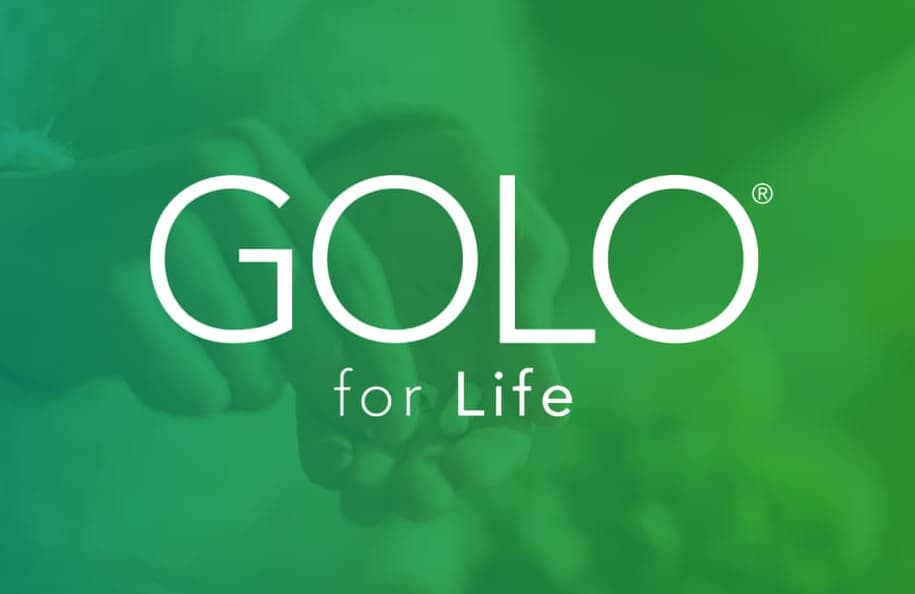Traffic accidents are a frightening reality, often leaving victims with physical scars and medical bills. Yet, the emotional and psychological trauma can be just as severe, sometimes even going unnoticed.
A survivor’s life can be greatly impacted by this “invisible” damage, which makes it difficult for them to work and interact with others.
The road to recovery for individuals whose impairments result from a car accident involves treating the psychological and physical components of their trauma.
Healing the Invisible Wounds of Disabling Traffic Accidents

Understanding the Emotional Toll
According to the NIH, traffic accidents cause injuries to as many as 50 million people globally each year. If these injuries are disabling in nature, then they can lead to a cascade of emotions.
This includes things such as grief for the loss of physical abilities, anger at the accident’s cause, and fear of the future. Depression and anxiety are common, impacting sleep, appetite, and concentration.
Recognizing these emotional responses is crucial. Ignoring them can hinder overall recovery. Talking to a trusted friend or family member can be a first step, but professional help is often needed.
Therapists trained in trauma can provide specialized tools and techniques for managing these intense emotions.
Therapy and Groups
The NIH reports that the prevalence of PTSD among car accident survivors is around 26.43%. Therapy can offer a secure setting for processing feelings, creating coping strategies, and regaining self-worth.
Support groups connect survivors with empathetic people, which fosters a sense of belonging and reduces feelings of loneliness.
Support groups are especially beneficial because they give survivors a safe space to talk about their experiences and benefit from one another’s coping mechanisms.
With links and assistance from a larger network, online groups may also be a great resource.
The Legal Process
While not a path for everyone, some survivors choose to pursue legal action against the party responsible for the accident. This can be a complex process with emotional considerations.
According to TorHoerman Law, consulting with an attorney specializing in personal injury can help determine if a lawsuit is right and navigate the legalities.
An in-depth analysis of the possible advantages and disadvantages should serve as the foundation for any decision to take legal action.
An attorney can also help manage expectations and guide the survivor through the legal process with empathy and understanding.
It’s critical to realize that local laws affect personal injury cases in different ways. The Missouri Chamber of Commerce notes that there is a five-year statute of limitations for personal injury lawsuits in the state.
In some circumstances, this period may be even shorter, therefore it’s imperative to speak with an attorney right now.
The specific court system that handles your case will depend on the severity of the damages. For example, minor car accident injuries in St. Louis, a major metropolitan area in Missouri, would likely be heard in circuit court.
On the other hand, more serious accidents with significant damages could be filed in federal court.
It’s crucial to choose the best car accident lawyer in St. Louis or any other Missouri city. Seek out a lawyer with a proven track record of success who has handled situations comparable to yours.
A lot of lawyers provide free first consultations so you can talk to them about your case and learn more about their strategy.
Adapting to a New Reality
Rehabilitation focuses on physical recovery, but adapting to a disability goes beyond physical limitations.
Occupational therapy can help survivors learn to manage daily activities, navigate their environment, and potentially return to work with modifications.
According to the Cleveland Clinic, occupational therapy, or OT, helps people regain independence in daily activities after an injury, illness, or disability.
Here “occupation” refers to all the things you do in daily life, not just work. So OT can help you get back to showering, dressing, or any task that’s become difficult.
Additionally, technology can be a major factor in promoting independence. Assistive devices, home modifications, and accessible transportation options can all contribute to a greater sense of control and independence.
Adopting new technologies and exploring adaptive techniques can open doors to new possibilities.
Building Resilience
The road to healing is long and arduous. However, with support, resilience can be cultivated.
A sense of control and well-being is fostered by putting self-care first, recognizing tiny triumphs, and concentrating on attainable goals.
The World Health Organization states that equipment, drugs, tests, and electronic devices can all be used in self-care activities.
Self-care activities include routines, lifestyle decisions, and habits. Engaging in regular physical activity can save an estimated 3.9 million premature deaths annually, making it a kind of self-care.
Finding new activities and rediscovering passions can help survivors reclaim their identity and build a fulfilling life despite their disability.
Building a strong support system, practicing relaxation techniques, and maintaining a healthy lifestyle are all essential for building resilience.
Remember, healing is not about returning to who you were before the accident. It is about creating a fulfilling and meaningful life despite the challenges.
FAQs:
-
What is emotional trauma from a car accident?
Emotional trauma from a car accident is a strong emotional response that can linger after the physical injuries heal. It can include fear, anxiety, flashbacks, and nightmares.
-
How can one mentally get over a car accident?
Recovering mentally from a car accident involves processing the trauma through therapy, support groups, and self-care practices. Talking about your experience and focusing on healthy coping mechanisms can help you move forward.
-
What is a disability injury?
A disability injury is any impairment that results from an accident and significantly limits a person’s ability to perform daily tasks.
To sum up, traffic accidents leave invisible scars that demand just as much attention as physical injuries. By acknowledging the emotional toll and seeking professional help, survivors can navigate the complex path of healing.
Also Check: Zoomée: A New Way to Connect Online
Conclusion:
Therapy, support groups, and legal guidance when necessary, all empower individuals to reclaim their lives.
Rehabilitation and technological advancements bridge the gap between limitations and independence.
Building resilience through self-care and a positive outlook allows survivors to not just recover, but to thrive in their new reality.



